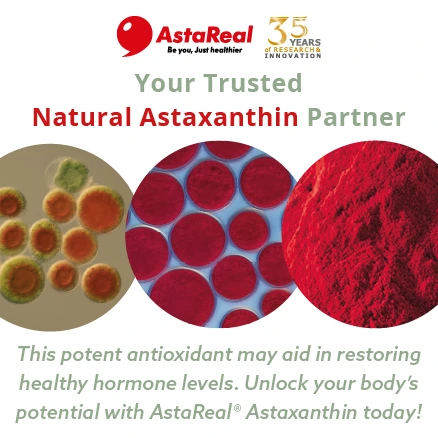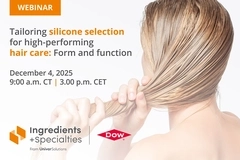Pilot study evidences anti-aging benefits of a CO2-emitting facial mask
10 Aug 2023 --- A new study investigated the efficacy and safety of a topical carboxy mask on facial photoaging after the short term use of four weeks and long term use of ten weeks. The researchers observed an improvement in the skin’s overall appearance, as the blood flow and hydration were supported. They also recorded the treatment’s positive effects of boosting firmness and preventing sagging.
Carboxytherapy is a medical technique utilizing the injection of sterile carbon dioxide (CO2) into the subdermal tissue as a method for the management of multiple disorders. This is done to improve the skin’s microcirculation, which promotes wound-healing.
Since 1936, injectable carboxytherapy has been used for the treatment of circulatory issues and the lack of tissue tropism, which is the range of cells and tissues of a host that support growth of a particular virus or bacteria.
 Since 1936, injectable carboxytherapy has been used for the treatment of skin rejuvenation and circulatory issues.Carboxytherapy has been used for skin rejuvenation, atrophic scars, striae distensae, cellulite-fibrolipodystrophy adhesions after liposuction and certain types of alopecia.
Since 1936, injectable carboxytherapy has been used for the treatment of skin rejuvenation and circulatory issues.Carboxytherapy has been used for skin rejuvenation, atrophic scars, striae distensae, cellulite-fibrolipodystrophy adhesions after liposuction and certain types of alopecia.
Since 1936, injectable carboxytherapy has been used for the treatment of circulatory issues and the lack of tissue tropism, which is the range of cells and tissues of a host that support growth of a particular virus or bacteria.
“In the last 25 years, it has been applied to aesthetic issues, especially those related to the signs and symptoms of skin aging,” highlight the researchers, writing in the journal Wiley. “Presently, carboxytherapy is available as a combination of transcutaneous gels that produce CO2 with benefit for atrophic skin.”
Firmer skin and improved blood flow
The short term study was conducted for 14 days after three times weekly application of the facial mask for 1 h followed by a regression phase with evaluations at days 21 and 28.
Eleven healthy female subjects aged 45 to 75 were enrolled. Subjects applied the facial mask for 45 min, three times per week during the two-week treatment period.
“The long term study was conducted for ten weeks on 35 subjects 35-65 years with mild to moderate facial photoaging of Fitzpatrick skin types I–VI,” explain the researchers.
Subjects underwent photography, elasticity, hydration and Visual Analogue Scale questionnaire assessments.
The short term two-week study demonstrated improvement in laser-Doppler measured blood flow and skin hydration.
The long term ten-week study demonstrated improvement in firmness (16%, p = 0.001), sagging (9%, p = 0.023) and overall skin appearance (12%, p = 0.002). These findings were supported by the retraction time decrease at week 10 (-10%, p = 0.05).
History of carboxytherapy use
Carboxytherapy has been used in Argentina and France to treat peripheral arteriopathies (issues caused by blocked or narrowed blood vessel issues), especially obliterative arteriopathy of the lower limbs – a condition where the blood vessels in the legs become blocked or narrowed – and diabetic ulcers.
“When CO2 is injected subcutaneously, it immediately diffuses at the cutaneous and muscular microcirculatory levels, increasing microcirculatory vasodilatation, and improving blood flow through a direct action on arteriole smooth muscle cells,” explain the researchers.
Via the Bohr effect, it also increases the tissue partial pressure of oxygen – a measurement of the rate of balance between arterial blood flow and tissue oxygen consumption – at the injection site.
“The Bohr effect refers to a decrease in the affinity of hemoglobin for oxygen due to an increase in CO2, which means that extra oxygen is available to other tissues,” say the researchers.
“There is also a subsequent stimulation of fibroblasts and an increase in the quality of the extracellular matrix.”
By Benjamin Ferrer














